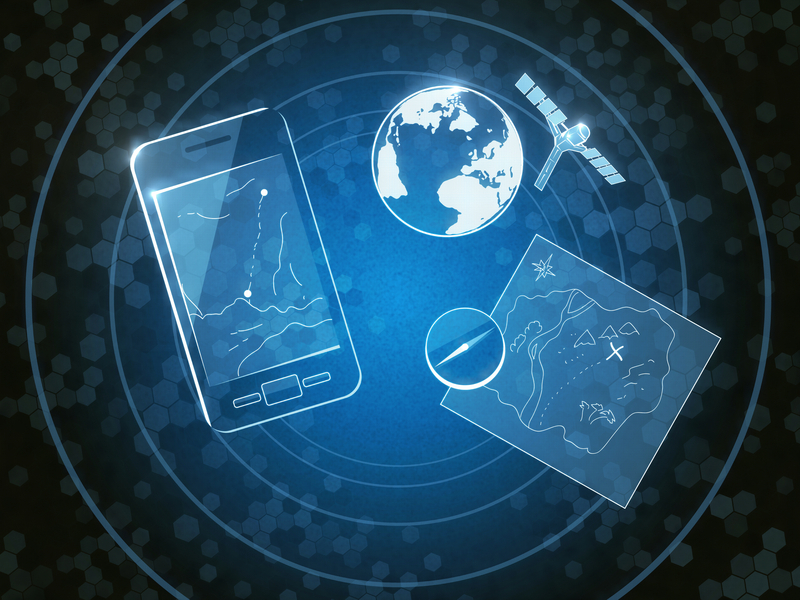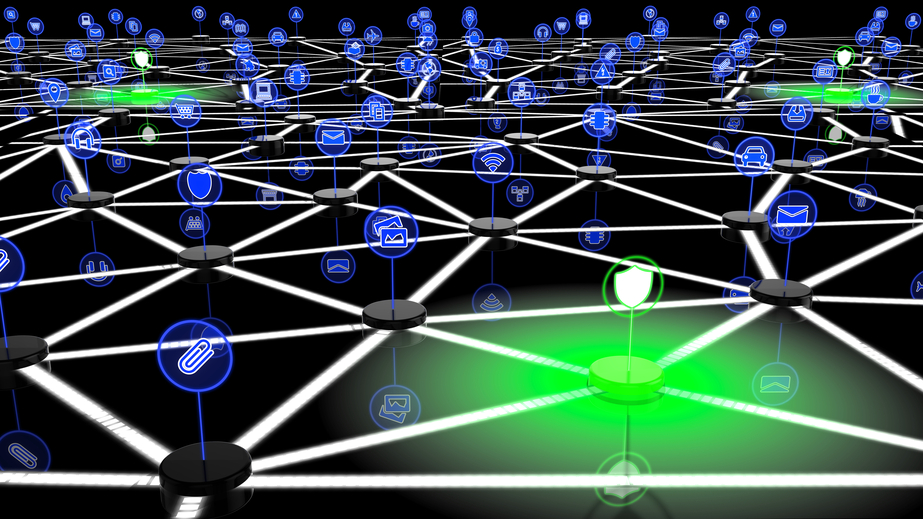You may recall the business transformation that took place years ago when companies moved from spreadsheets to automated ERP systems. It was monumental. Business leaders now had access to more information than ever before and the impact of actionable data was game changing.
Today, we face a new opportunity to transform the way we do business by catching the IoT wave. This revolution involves connecting traditionally unconnected endpoints with the goal of mining data from sources that were never available in the past, offering unprecedented business intelligence through advanced analytics, says Richard Catizone is CTO at The Morey Corporation.
Growth of the IoT brings about an inherent need for hardware to connect “things” in order to drive actionable data and enterprises are now seeing the need to include it as a focal point early on in design and development stages. While the advantages and business opportunities are endless, the IoT is still considered unchartered territory for many business leaders looking to cash in on the benefits of a connected platform.
Don’t miss the forest for the trees
From a historical standpoint, big data has consisted of large amounts of cloud storage and distributed processing. Today, you actually need physical endpoints to gather that data and communicate it. This brings about many embedded systems that must be outfitted with sensors, communication and computing before being placed in the field.

When approaching hardware design, it is imperative that it be built for manufacturability and high reliability. This is often taken for granted leading to common mistakes that fall into what I call the “Arduino Lie.”
It’s the misunderstanding that a proof of function equals a production-intent solution. Producing reliable hardware requires process rigor and embedded hardware platforms designed to be manufactured hundreds of thousands of times.
Consider this: companies are offering SaaS platforms, connectivity, cloud storage and extensive analytics but none of this works if there aren’t any hardware endpoints properly positioned to gather and send data.
Sure, you’ve got your backend running, your applications are functioning properly, and you’re pulling data into the cloud, but while many may consider this to be their ‘hardware endpoint’, it’s not.
The fact is that you’re going to have to take that endpoint, put it onto an industrial machine, and place it into harsh environments. This is where your entire solution can break down if your hardware is not designed to handle its application.
Taking the ‘Hard’ out of hardware

Keeping hardware at the forefront of every detail in your platform can help avoid costly and unnecessary mistakes.
Knowing exactly what you need from your hardware partner before beginning the conversation can help expedite the design and development process, and reduce risks to your IoT deployment. Here are five things to keep in mind when vetting a hardware partner:
Engineering expertise
Does your hardware partner have a dedicated, in-house engineering team of experts to assist in driving solutions from napkin sketch to deployable products that survive in their intended applications?
Technology diversification
Does the vendor have a proven range of advanced technologies for critical system functions that can scale with the needs of your program?
Partner ecosystem
Does your hardware partner have resources in place that include manufacturers, carriers, platform companies and specialists to help support your program? Does your hardware partner understand the certification procession including PTCRB and FCC?
Business processes
Is your partner equipped to handle internal processes such as supply chain management, logistics and fulfillment, obsolescence mitigation and regulatory, certification and compliance consulting?
High-reliability hardware
Is the vendor capable of delivering electronics design, manufacturing and lifecycle management solutions that never fail?

Hardware really boils down to sensors, communications and computing. How much of each you need is dependent upon your end goal and the amount of data you’re looking to gather for actionable insights.
When driving a product to commercialisation, you have to consider not only the sensors, computing and communication aspect of the design, but also the design for manufacturability.
Avoiding hardware pitfalls starts at the genesis of your program (the design stage), and extends all the way through installation and deployment. Do your homework and make sure you’ve put the necessary thought into your hardware platform before throwing your hat into the IoT arena.
The author of this blog is Richard Catizone is CTO at The Morey Corporation.
About the Author

Richard Catizone is CTO at The Morey Corporation, where he works to implement customer-centric technologies that bring innovation to industry. Operating in this capacity, he plays a major role in contributing to the company’s technological growth strategies and diversification efforts.
Catizone has more than 20 years of engineering and technology sales experience, previously working for well-known organisations such as Altera and Motorola. His experience with engineering, sales and global business management enable him to be a proven partner for Morey’s customers.
Comment on this article below or via Twitter: @IoTNow_ OR @jcIoTnow










